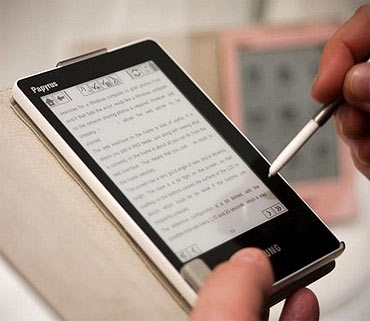
The e-book reader market is starting to take off and may soon go the way of music: instead of having closets full of books, we may soon carry our entire libraries around with us on slim portable readers. While there are still many hiccups along the way, the industry is definitely on the up-tick. So if you're in the market and looking for the best money can buy, here's a look at some of the best e-book readers around.
Before we begin though, here's a small introduction of the tech terms you need to know:
e-Ink
In order to understand the technology behind modern e-book readers, one must understand e-Ink, a kind of "electronic paper" manufactured by the E Ink Corporation, set up in 1997.
Every transparent micro-capsule on the surface of the e-reader can be either black or white; there is no colour. The pigments are changed by applying an electric charge. Once a particular change has happened, no further electricity is required to maintain it, it only consumes energy when you change pages.
e-Ink is the basis of most e-book readers. Most readers have no backlights and are readable in sunlight and artificial light but not in the dark just like real books. The e-Ink results in lower battery strain, lower eye strain, no limitations on viewing angles and better visibility in daylight.
Digital Rights Management (DRM)
Most companies selling e-book readers also sell e-books online. One downloads them onto one's PC or wirelessly onto one's reader and reads from there. The problem is that many of these downloads from the company store come with DRM restrictions. In some cases, the format is unreadable outside a particular reader. In many cases one isn't allowed to copy the book beyond a fixed number of times. This can be a pain.
Many books are available illegally, in many cases for download online in the form of PDF files from torrent trackers. While these are useful as one gets otherwise expensive e-books for free, these books are of lower quality and readability than the ones available at company stores.
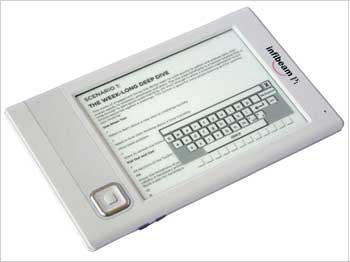
Available at infibeam.com, the Pi is India's first e-book reader. It uses e-Ink technology and the company claims that it has a battery life of 10,000 refreshes. It can also support most Indian languages.
Infibeam.com has over one lakh books available for sale at its online store, at competitive prices (ie you pay roughly the same for the e-book as you would for the paperback at a bookstore).
It has a 6" display, a resolution of 600x800 pixels and 8-level greyscale. The device weighs 180gms, is 9.5mm thick, has enough internal memory for 500 books (512 MB) but supports a 4GB SD card, which enables 3,000 books to be carried.
It also supports mp3 -- so you can carry your music around in it and comes with built-in Sudoku. It supports PDF, EPUB, HTML, TXT, MOBI and DOC text files and JPG, BMP and PNG image files.
While it has no backlight or glare (a problem that has been reported with some touch-screen e-book readers) it also has no direct qwerty keyboard for making notes, etc that many foreign readers have. Inputs have to be through a keyboard that is activated and controlled on the screen through the square button.
It costs Rs 9,999 and the company delivers it for free anywhere in India (delivery within three days in major metros according to the company). It comes with a one year warranty.
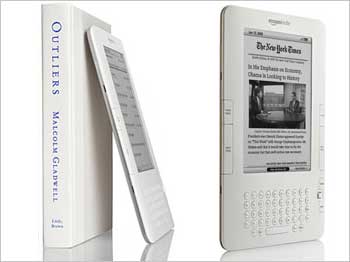
Amazon now ships the Kindle -- probably the world's most popular e-book reader -- to India, although it doesn't say how much shipping and taxes will cost (although it will certainly cost a bomb).
The 6" version of Kindle costs $259 (approx Rs 11,900) and the 9.7" version (Kindle DX) costs $489 (approx Rs 22,500). Both have wireless connectivity which the Pi lacks. However, the use of the this connectivity is questionable in the Indian context, where there is no 3G connection anyway besides the GPRS/EDGE which your cell phone uses.
The main benefit of this is Kindle's ability to receive electronic versions of various newspapers and flip through articles which requires a subscription. The Amazon library is without a doubt far more extensive than the infibeam library.
Furthermore, it has a direct qwerty keyboard, allows you to make notations and look up meanings from a built-in dictionary. The Kindle is better technology that the Pi but one has to weigh the benefits with the price.
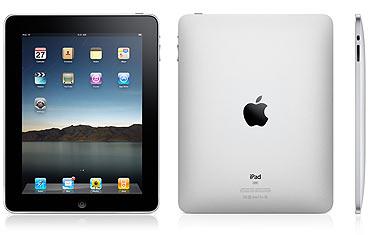
Apple's new tablet computer is expected to revolutionise e-books. Their store is called iBooks and publishers include Penguin, HarperCollins, Simon & Schuster, Macmillan, and Hachette.
The introduction of this store is expected to start a price war in e-book prices, bringing down the prices of e-books, which many people feel ought be less than the price of their paperback counterparts.
The iPad library will probably have a much better user interface than Kindle or any other e-book reader coming as it does from Apple, famed for their designs and the simplicity of their user interface.
However, the iPad is going to suffer some downsides: it doesn't use e-Ink, which means less battery life and more strain on the eyes.
The iPad is expected to retail for $499 (approx Rs 23,000), although it will almost certainly cost more in India.

While netbooks are heavier, less visible in sunlight and have less battery life than most e-book readers, they have huge advantages: they are FAR more flexible and multi-purpose than dedicated e-book readers. Why shell out thousands or rupees when you can use what you have at home?
In order to make your netbook more e-book friendly, rotate the screen (CTRL+ALT+right arrow or CTRL+ALT+left arrow) so you have a "portrait" style screen which is easier to read on than the widescreen that most computers have.
Download EeeRotate which will also rotate your touchpad making it much easier to use. Decrease the screen brightness to the lowest possible setting to reduce power consumption and strain (some netbooks allow you to turn off the backlight entirely) and put your computer on power-saving mode.
Some software for converting your netbook into an e-book reader are Kindle for PC (which isn't really recommended given Kindle's DRM headaches), Calibre (which is excellent for both viewing and organising your e-Book collection) and MobiPocket Reader Desktop. It you're into e-comics, ComicRack is a RAM-burner but otherwise an excellent digital comic reader.
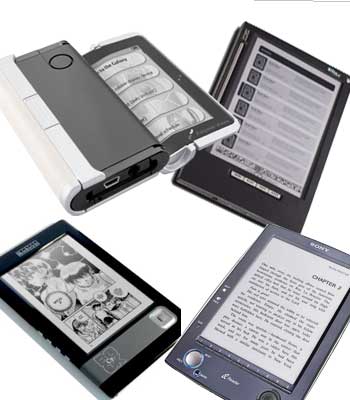
Other e-book readers include the Sony Reader, the iLiad, the Cybook, the Readius from Polymer Vision and the Barnes and Noble Nook.
All of these use e-Ink, although some have touchscreen and LCD components. Few are officially available in India, although they can be had on the grey market for astronomical prices.